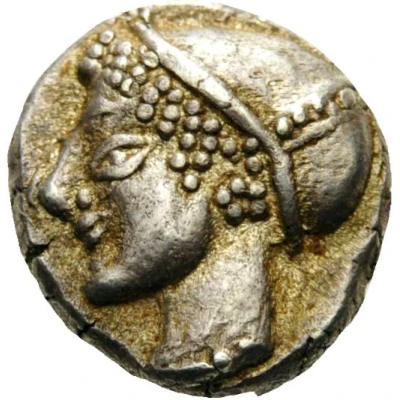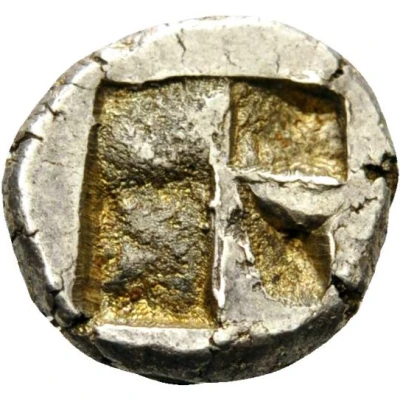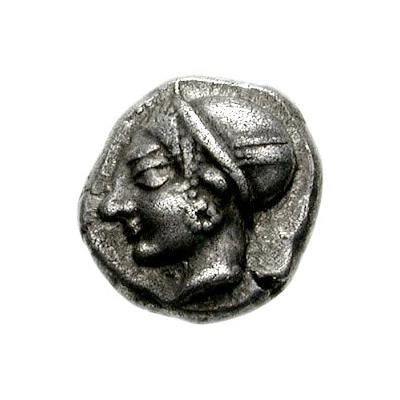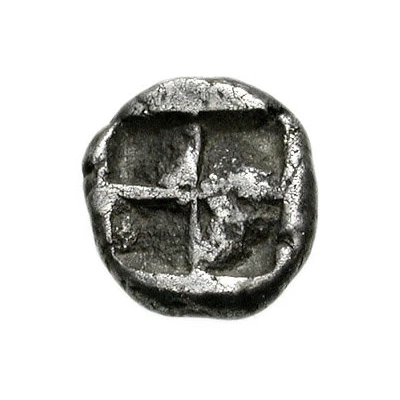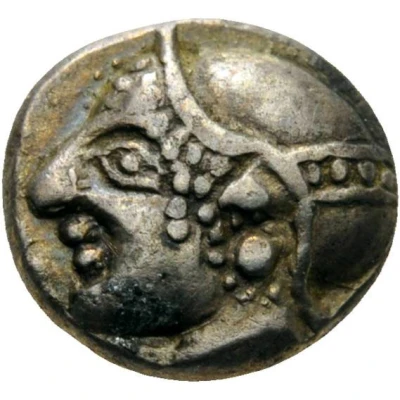
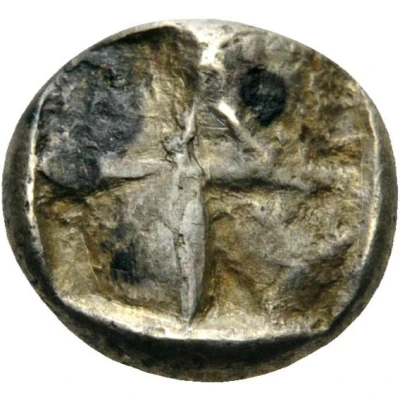

© Nomos AG
Diobol 521 BC - 478 BC
| Silver | 1.06 g | 10.0 mm |
| Issuer | Phokaia (Ionia) |
|---|---|
| Type | Standard circulation coin |
| Years | 521 BC - 478 BC |
| Value | 2 Obols (⅓) |
| Currency | Drachm |
| Composition | Silver |
| Weight | 1.06 g |
| Diameter | 10.0 mm |
| Shape | Round (irregular) |
| Technique | Hammered, Incuse |
| Demonetized | Yes |
| Updated | 2024-10-10 |
| Numista | N#186053 |
|---|---|
| Rarity index | 100% |
Reverse
Quadripartite incuse square
Interesting fact
The Diobol coin was used as a form of currency in ancient Greece and its design featured the image of a dolphin, which was a symbol of the city of Phokaia. The dolphin was depicted jumping out of the water, and this image was meant to represent the city's strong maritime tradition and its connection to the sea. The coin's design also included an inscription that read "ΦΩΚΑΙΩΝ," which means "of Phokaia" in ancient Greek. This inscription helped to identify the coin's origin and authenticity. Overall, the Diobol coin was an important part of ancient Greek commerce and trade, and its design continues to be admired for its beauty and historical significance.
